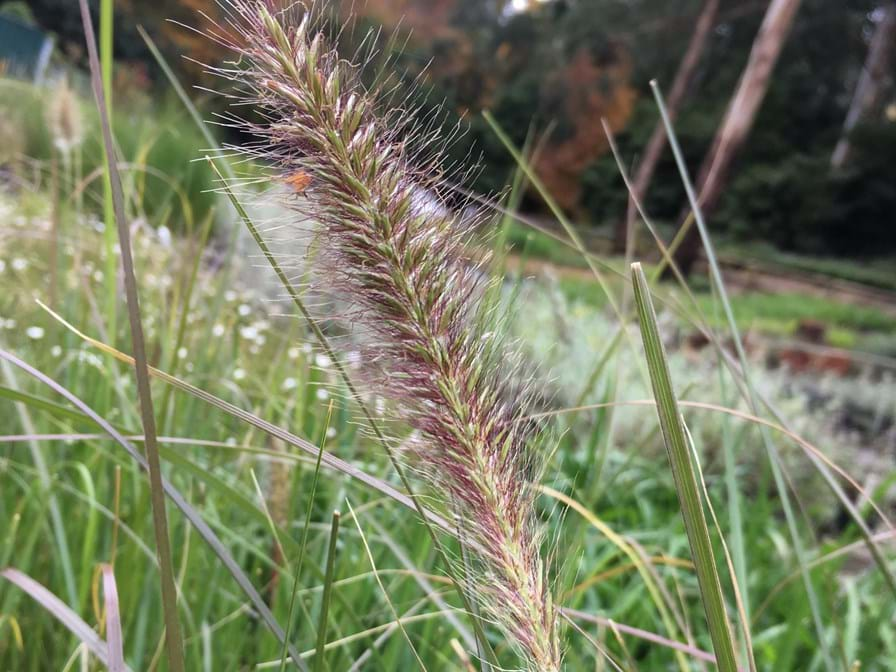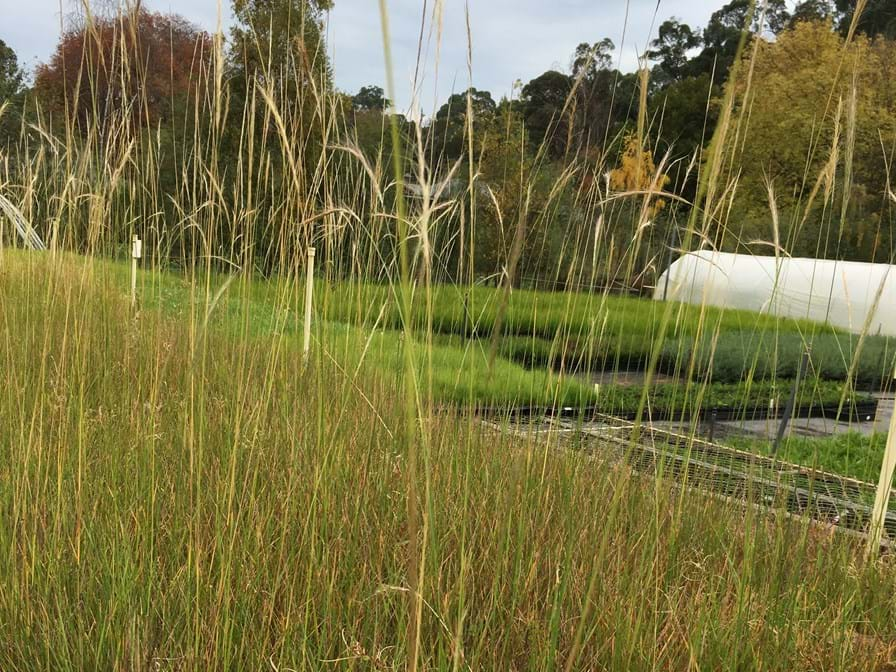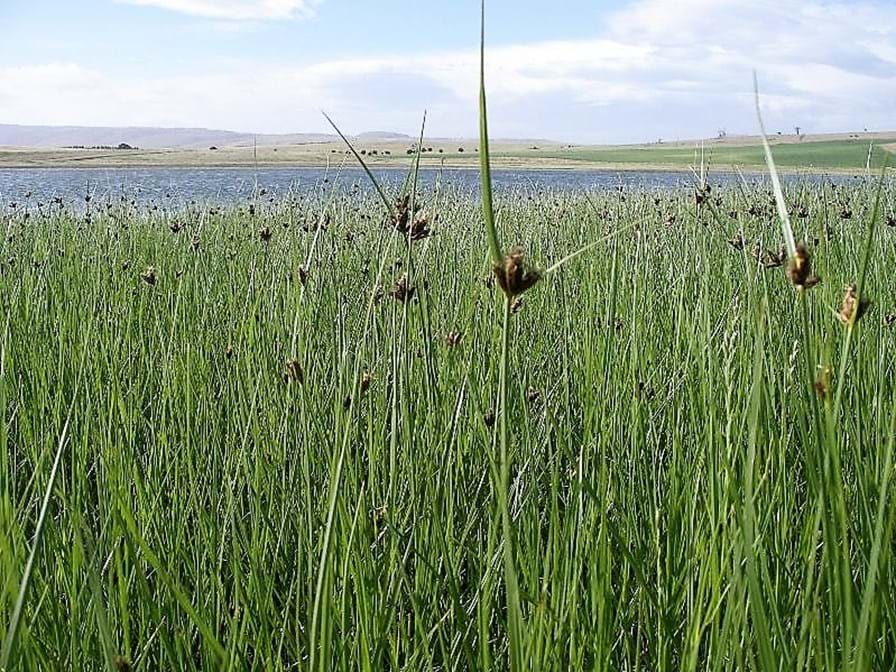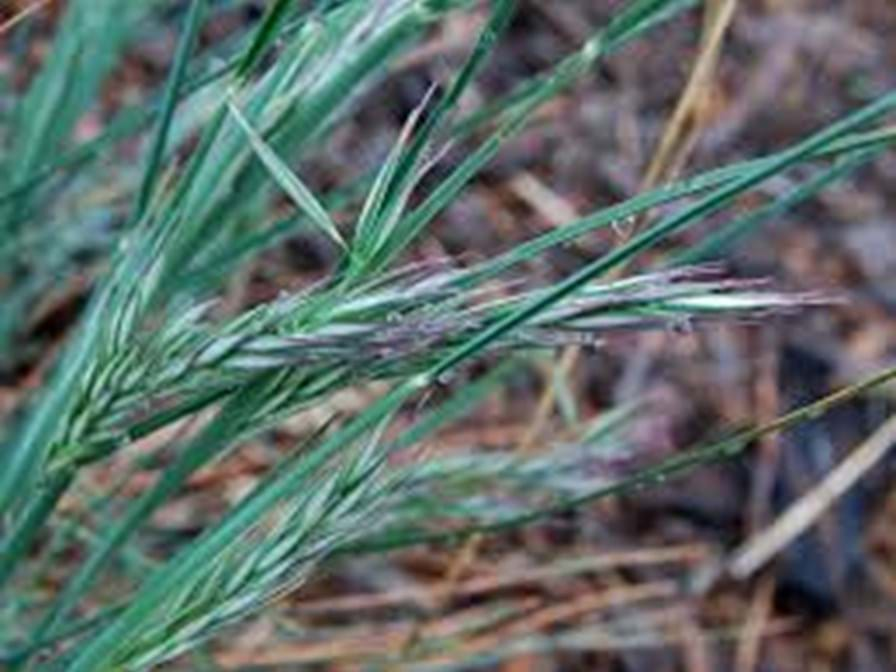Grasses
Austrodanthonia
Austrodanthonia sp.; more commonly known as Wallaby Grass are the perennial grasses of open plains and lightly forested slopes, forming discrete clumps or tussocks varying in height from 0.1-1m. They are excellent contrast plants in native landscapes requiring full sun or semi-shaded positions with well-drained soils, often thriving on neglect.
Stock includes but is not limited to:
1 Danthonia caespitose
2 Danthonia geniculata
3 Danthonia induta
4 Danthonia laevis
5 Danthonia linkii
6 Danthonia racemosa
7 Danthonia semiannularis
8 Danthonia setacea
Lomandra
Hardy perennial rhizomatous herbs forming rush like tufts. Their basal leaves are often held stiffly erect longer than the dense clusters or panicles of yellow or yellow-brown flowers. Lomandra’s are important butterfly food plants. Stock includes but is not limited to:
1 Lomandra filiformis
2 Lomandra longifolia
3 Lomandra multiflora
Lomandra
Hardy perennial rhizomatous herbs forming rush like tufts. Their basal leaves are often held stiffly erect longer than the dense clusters or panicles of yellow or yellow-brown flowers. Lomandra’s are important butterfly food plants. Stock includes but is not limited to:
1 Lomandra filiformis
2 Lomandra longifolia
3 Lomandra multiflora
Dianella
Dianella are strappy leafed plants with many small blue to purple flowers. They are in panicles held above the foliage on long flowering stems and are followed by succulent glossy blue or purple berries. Plants are long-lived growing in tufts or spreading colonies. Stock includes but is not limited to:
1 Dianella caerula
2 Dianella longifolia
3 Dianella revoluta var. revoluta
4 Dianella revoluta var. brevicaulis
5 Dianella tasmanica
Stylidium
In the Melbourne species flowering stems are held above tufts or rosettes of leaves. Known commonly as ‘trigger’ plants because their column is suddenly released when an insect lands on its base, hitting the insect and leaving pollen on its’ back. Stock includes but is not limited to:
1 Stylidium granunifolium
2 Stylidium inundatum
Austrostipa
Generally at their best in Spring and Summer when the soft new growth and feathery flowering panicles are present. Plants grow well in full sun or semi-shade. They are more commonly called spear grasses as the mature seed can penetrate the skin, mouths and eyes of livestock. Stock includes but is not limited to:
1 Stipa bigeniculata
2 Stipa elangantissima
3 Stipa mollis
4 Stipa rudis
5 Stipa scabra
6 Stipa semibarbata
7 Stipa setacea
8 Stipa stipoides
Dichelachne
A sparsely tufted, ornamental, perennial grass with fine, hairy flower heads, growing to no more than 1.3m high. Widespread in plains, grasslands and dry sclerophyll forest. Stock includes but is not limited to:
1 Dichelachne crinita
2 Dichelachne sieberiana
Pennisetum
Rhizomatous, tufted perennial, grass-like herb,with broad arching leaves. Grows to approximately 0.3–1 m high. The flowering stems are up to 12cm long, dense, fluffy and with long bristles.
Poa
Native Poa’s are perennial grasses with flowerheads arranged mostly in loose panicles. Some species are suited to ornamental horticulture where their soft, graceful forms make them a very useful accent plants in a variety of landscape styles. Stock includes but is not limited to:
1 Poa ensiformis
2 Poa labillardieri
3 Poa morrisii
4 Poa poiformis
5 Poa sieberiana
Themeda
A soft, erect or sprawling perennial tussock with green, purple or sometimes quite blue limp leaves. A very common grass that is widespread in plains and grasslands. Stock includes but is not limited to:
1 Themeda australis
2 Themeda triandra




